16.06.2022
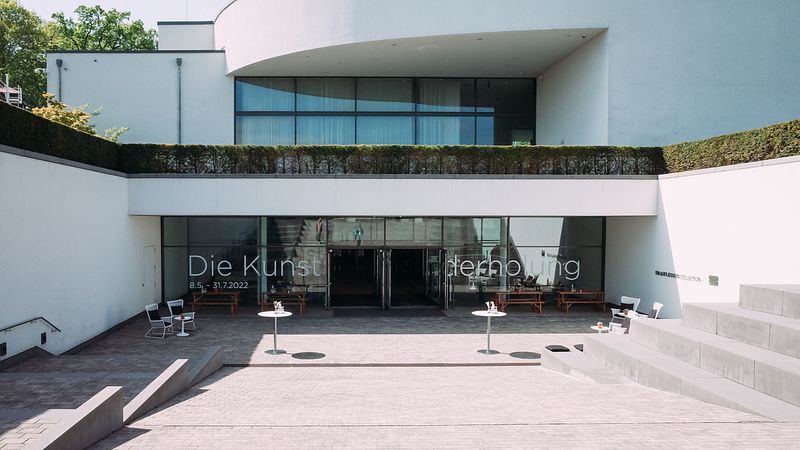
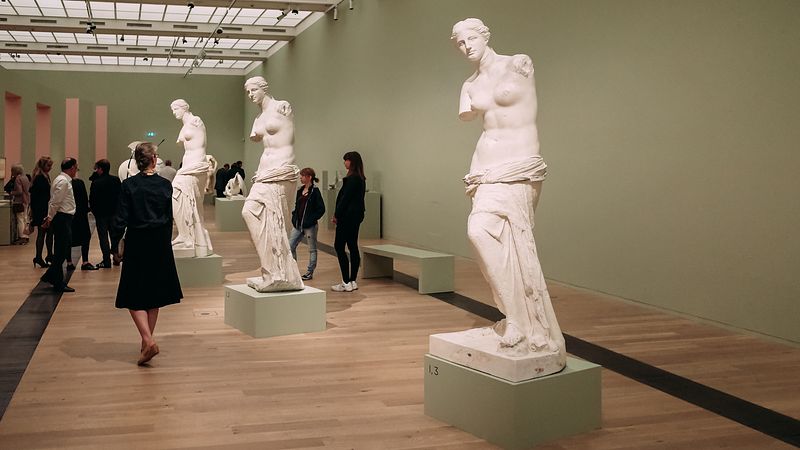
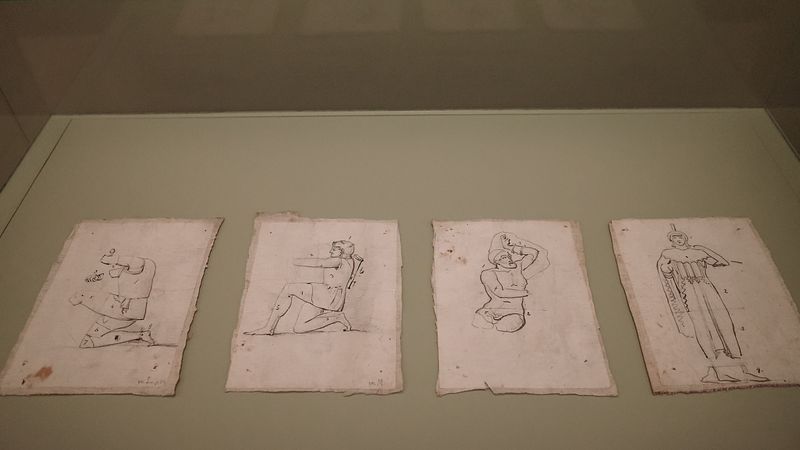
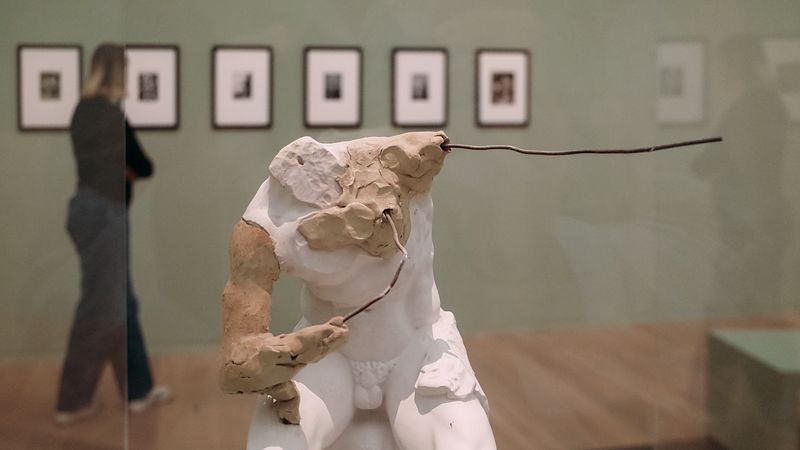
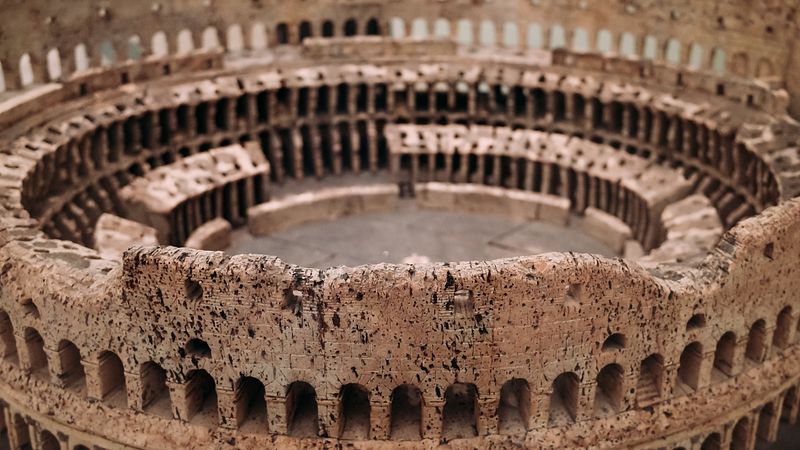
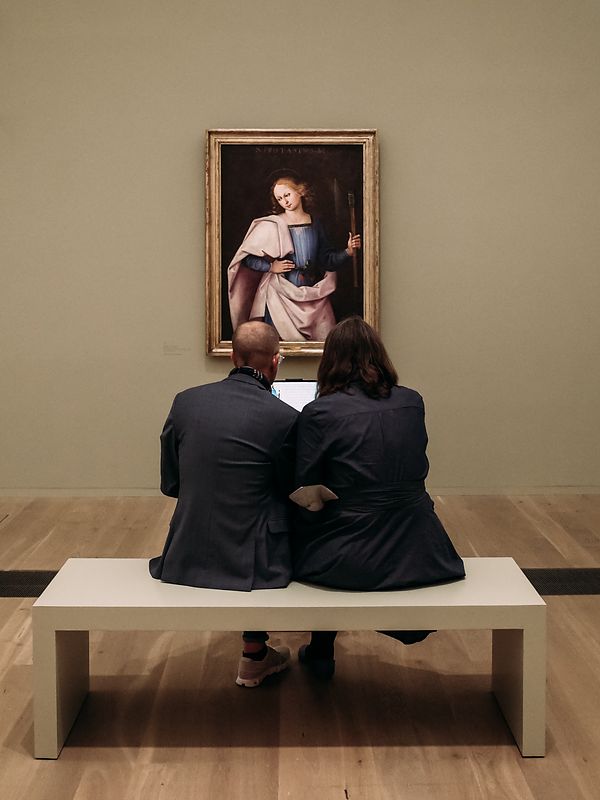

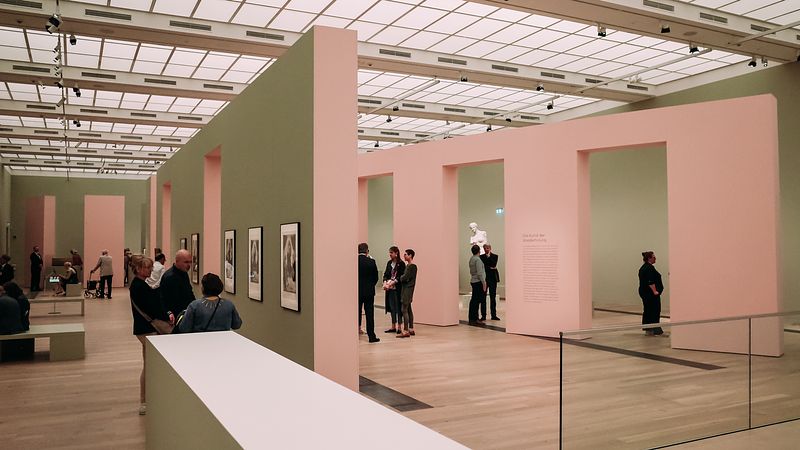
George Pavlopoulos, author of this article, has published three novels: 300 degrees Kelvin in the Afternoon (2007), Steam (2011) and The Border and the Wave (2014). Most recently, he published the volume of short stories Von Zuhause so fern (2020). In his travel blog Letters to Barbara, he presents texts on and photos of the places and regions he travels to.
This article was first published on Letters to Barbara (https://letterstobarbara.com/)
THE ART OF REPLICATION at Draiflessen Collection
Once again, an exhibition brought me to Mettingen, that quiet German town not far away from Osnabrück. The last time I was there -already three years ago- I attended the opening of FAITH at Draiflessen Collection. The museum's latest exhibition title sounded equally promising: THE ART OF REPLICATION (German: Die Kunst der Wiederholung). Although I didn't know much about the exhibition, I was curious to see what the Draiflessen Collection would present this time.
The Draiflessen Collection is one of the most interesting museums in Germany. The exhibitions are always carefully curated, and the topics are unique. Therefore, in this article, you'll see a photo report from the beautiful exhibition at Draiflessen accompanied by plenty of info.
So, let's start now with the photo report from THE ART OF REPLICATION.
The Draiflessen Collection is one of the most interesting museums in Germany. The exhibitions are always carefully curated, and the topics are unique. Therefore, in this article, you'll see a photo report from the beautiful exhibition at Draiflessen accompanied by plenty of info.
So, let's start now with the photo report from THE ART OF REPLICATION.

The Draiflessen Collection in Mettingen, Germany
| © George Pavlopoulos
What is THE ART OF REPLICATION?
After wandering thoroughly around the exhibition's hall, what the title refers to becomes clear. Instead of dealing with famous artworks, the exhibition takes a different approach: its purpose is to showcase replicated works of art. The main question is not about the undeniable value of art. On the contrary, it's all about what happens to art when it's reproduced.
Therefore, in THE ART OF REPLICATION, you won't see originals. Instead, the impressive museum's hall hosts numerous replicas of famous art pieces. You will see copied paintings, plaster casts, cork models, and prints that replicate originals. Moreover, the heart and soul of this exhibition is a question: why there's a need for replicated art?
There's not just a single reply to that. Replicated art exists for several reasons. It can reconstruct existing artworks to give them other forms. Or, it can somehow transcribe known works into other media. But, more importantly, the replicas showcase the different forms of a specific work of art throughout the centuries. Many well-known art pieces wouldn't be available to a broader audience without their replicas. One can even claim that the importance of ancient civilizations is so widespread due to replicated art.
THE ART OF REPLICATION at Draiflessen Collection showcases multiple aspects of the replicas' importance. In a way, it narrates a century-long story of how art is perceived, presented, studied, and showcased.
The exhibition's sections
The Draiflessen Collection has a big hall where everything is presented. However, the ground's architecture is split into distinct sections. Each of them features different kinds of replicated art, focusing on different approaches. Here you'll find info about each section of the exhibition.
Therefore, in THE ART OF REPLICATION, you won't see originals. Instead, the impressive museum's hall hosts numerous replicas of famous art pieces. You will see copied paintings, plaster casts, cork models, and prints that replicate originals. Moreover, the heart and soul of this exhibition is a question: why there's a need for replicated art?
There's not just a single reply to that. Replicated art exists for several reasons. It can reconstruct existing artworks to give them other forms. Or, it can somehow transcribe known works into other media. But, more importantly, the replicas showcase the different forms of a specific work of art throughout the centuries. Many well-known art pieces wouldn't be available to a broader audience without their replicas. One can even claim that the importance of ancient civilizations is so widespread due to replicated art.
THE ART OF REPLICATION at Draiflessen Collection showcases multiple aspects of the replicas' importance. In a way, it narrates a century-long story of how art is perceived, presented, studied, and showcased.
The exhibition's sections
The Draiflessen Collection has a big hall where everything is presented. However, the ground's architecture is split into distinct sections. Each of them features different kinds of replicated art, focusing on different approaches. Here you'll find info about each section of the exhibition.
Part I: The plaster casts of Venus of Milo
A cornerstone statue of the late Hellenistic Period, the Venus of Milo (or Aphrodite of Milos), has a prominent place in the exhibition. After its discovery in the early 19th century, the Venus of Milo became one of the most recognizable sculptures of all time. The fact that the original statue is in Louvre contributed apparently to the spread of its importance.
There are five replicas of the Venus of Milo in the exhibition hall. All of them are plaster casts, a technique of replication that became popular during the 19th century. The plaster casts technique helped produce several replicas of well-known artworks; however, each has its distinct characteristics.
There are five replicas of the Venus of Milo in the exhibition hall. All of them are plaster casts, a technique of replication that became popular during the 19th century. The plaster casts technique helped produce several replicas of well-known artworks; however, each has its distinct characteristics.

Plaster casts of Venus of Milo
| © George Pavlopoulos
Part II: The Aeginetans
The discovery of the Aeginetans took place in 1811 on the Greek island of Aegina. Their history is shaped not only by their identification process but also by the debate regarding their restoration and presentation. Five years after their discovery, in 1816, the Aeginetans were acquired by Prince Ludwig I of Bavaria. He commissioned Bertel Thordvalsen to recreate the missing elements of the Aeginetans and restore them.
In 1830, the restored Aeginetans were presented in the Glyptothek of Munich, and the debate carried on for decades. Finally, in the 1960s, Thordvalsen's additions were removed.
THE ART OF REPLICATION at Draiflessen Collection features a number of exhibits about the Aeginetans: from plaster casts and sketches to casts in artificial marble.
In 1830, the restored Aeginetans were presented in the Glyptothek of Munich, and the debate carried on for decades. Finally, in the 1960s, Thordvalsen's additions were removed.
THE ART OF REPLICATION at Draiflessen Collection features a number of exhibits about the Aeginetans: from plaster casts and sketches to casts in artificial marble.

Sketches of the Aeginetans, Carl von Hallerstein, 1811
| © George Pavlopoulos
Part III: The Belvedere Torsos
The Belvedere Torsos are among the most prominent sculptures of Roman antiquity. It's hard to find any other Roman work of art so often reproduced. Although recreating the missing parts was standard practice in older times, the Belvedere Torsos somehow didn't undergo such a process. It was only in the 1990s that Munich's Glyptothek started a process of plaster reconstruction as the pensive Ajax.
During this period, several smaller plaster models were also created, and the whole process was documented in black and white photos. Many of these plaster casts are part of the exhibition at Draiflessen Collection, together with several photos by Christa Koppermann documenting the Belvedere Torsos as the pensive Ajax.
During this period, several smaller plaster models were also created, and the whole process was documented in black and white photos. Many of these plaster casts are part of the exhibition at Draiflessen Collection, together with several photos by Christa Koppermann documenting the Belvedere Torsos as the pensive Ajax.

Plaster cast: Belvedere Torso working model for the reconstruction as the pensive Ajax; 1990s
| © George Pavlopoulos
Part IV: Cork Models
The emergence of traveling in the 18th century reshaped ancient cultural sites and how we perceive them. Some of these places became popular destinations for travelers, and they soon inspired artists. It was in Italy that cork became the material for creating architectural models.
These miniatures made of cork allowed people to study distant landmarks, providing them with information about ancient buildings. Together with the cork models presented in THE ART OF REPLICATION, the visitor will also see the views of these landmarks created by Angelo Uggeri.
These miniatures made of cork allowed people to study distant landmarks, providing them with information about ancient buildings. Together with the cork models presented in THE ART OF REPLICATION, the visitor will also see the views of these landmarks created by Angelo Uggeri.

Cork Model: A detail from Luigi Carotti's "Colosseum." Before 1845-50
| © George Pavlopoulos
Part V: Copies of paintings
During the 19th century, it was standard practice for patrons to commission copies of paintings. This happened either because the originals were too expensive or out of the market. An interesting question is if today we should see these replicated paintings as something more than direct substitutes.
The Lindenau Museum of Altenburg hosts an eclectic collection of copies, including a depiction of Saint Protasius. It's on show in the Draiflessen Collection, accompanied by three versions of the same Annunciation scene.
The Lindenau Museum of Altenburg hosts an eclectic collection of copies, including a depiction of Saint Protasius. It's on show in the Draiflessen Collection, accompanied by three versions of the same Annunciation scene.

Copy of a painting: Unknown Artist, “St Protasius,” ca. 1845
| © George Pavlopoulos
Part VI: Sistine Madonnas
One more legendary work of art continuously reproduced during the 19th century was Raphael's "Sistine Madonna." Commissioned back in 1512-13 for the church of San Sisto in Piacenza, it found a place in 1753-54 in Augustus III's collection. However, despite the wide replication of the Sistine Madonna, we can observe significant differences between them.

Anton Hille, “Sistine Madonna,” 1913
| © George Pavlopoulos
Final thoughts
THE ART OF REPLICATION explores a wide variety of replicated art. One of the most important contributions of the exhibition at Draiflessen Collection is that it showcases more than the artworks themselves. It actually feels like a journey in time, where different practices signified different approaches in art.
Through this prism, the exhibition becomes a story of how the art world perceived art through the centuries, together with the needs of collectors and institutions. If you're traveling in this part of Germany, make sure to visit the Draiflessen Collection: it'll be a rewarding experience.
Through this prism, the exhibition becomes a story of how the art world perceived art through the centuries, together with the needs of collectors and institutions. If you're traveling in this part of Germany, make sure to visit the Draiflessen Collection: it'll be a rewarding experience.

A photo from The Art of Replication exhibition at Draiflessen Collection
| © George Pavlopoulos
George Pavlopoulos, author of this article, has published three novels: 300 degrees Kelvin in the Afternoon (2007), Steam (2011) and The Border and the Wave (2014). Most recently, he published the volume of short stories Von Zuhause so fern (2020). In his travel blog Letters to Barbara, he presents texts on and photos of the places and regions he travels to.
This article was first published on Letters to Barbara (https://letterstobarbara.com/)